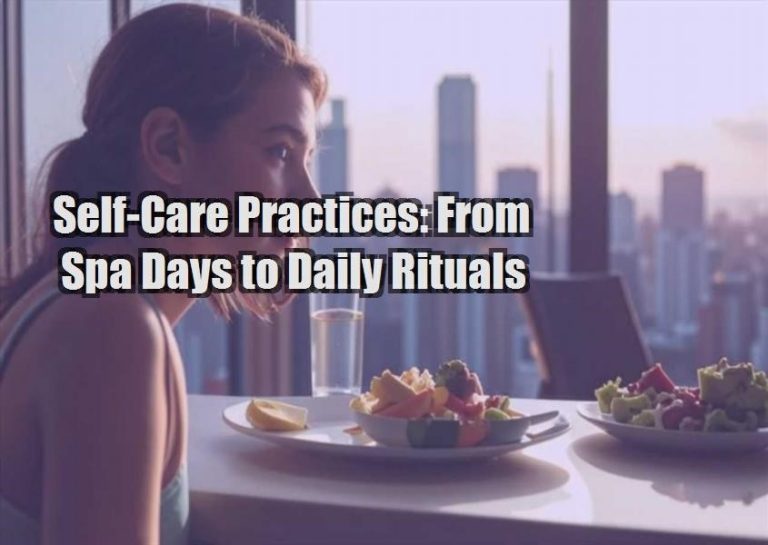Understanding the Mind-Body Connection
The mind and body are inextricably linked. When the mind is stressed, the body responds with a cascade of physiological changes, including increased heart rate, blood pressure, and muscle tension. Chronic stress can lead to a range of health problems, including insomnia, headaches, digestive issues, and cardiovascular disease.
Conversely, when the body is relaxed, the mind follows suit. Relaxation techniques, such as breathing exercises, can help to lower heart rate, reduce muscle tension, and promote a sense of calm.
Types of Breathing Techniques
- Diaphragmatic breathing (abdominal breathing): This technique involves taking slow, deep breaths that expand the belly. Diaphragmatic breathing stimulates the vagus nerve, which helps to calm the nervous system and promote relaxation.
- Paced breathing: This technique involves breathing in and out at a steady, controlled pace. Paced breathing helps to reduce stress and anxiety by slowing down the heart rate and promoting relaxation.
- Rhythmic breathing (box breathing): This technique involves inhaling for four counts, holding the breath for four counts, exhaling for four counts, and holding the breath for four counts. Rhythmic breathing helps to stabilize the heart rate and promote emotional balance.
- Alternate nostril breathing: This technique involves breathing in and out through one nostril at a time while blocking the other. Alternate nostril breathing balances the nervous system and promotes relaxation.
- Guided imagery breathing: This technique combines guided imagery with breathing exercises to create a deeply relaxing and restorative experience. Guided imagery breathing helps to reduce stress and anxiety, promote relaxation, and improve sleep.
Benefits of Breathing Techniques for Relaxation
- Reduced stress and anxiety
- Improved sleep quality
- Lowered blood pressure
- Reduced muscle tension
- Improved digestion
- Increased energy levels
- Increased sense of well-being
- Enhanced focus and concentration
How to Practice Breathing Techniques for Relaxation
- Find a comfortable place to sit or lie down.
- Close your eyes and take a few deep breaths.
- Choose a breathing technique from the list above and focus on it.
- Practice the technique for 5-10 minutes or for as long as you like.
- Pay attention to how your body and mind respond to the technique.
Conclusion
Breathing techniques are a powerful tool for relaxation and stress reduction. By incorporating these techniques into your daily routine, you can improve your mind-body health, reduce stress, and enhance your overall well-being. Remember, the key is to find a technique that works for you and practice it regularly. With consistent practice, breathing techniques can help you to live a more relaxed, healthy, and fulfilling life.







